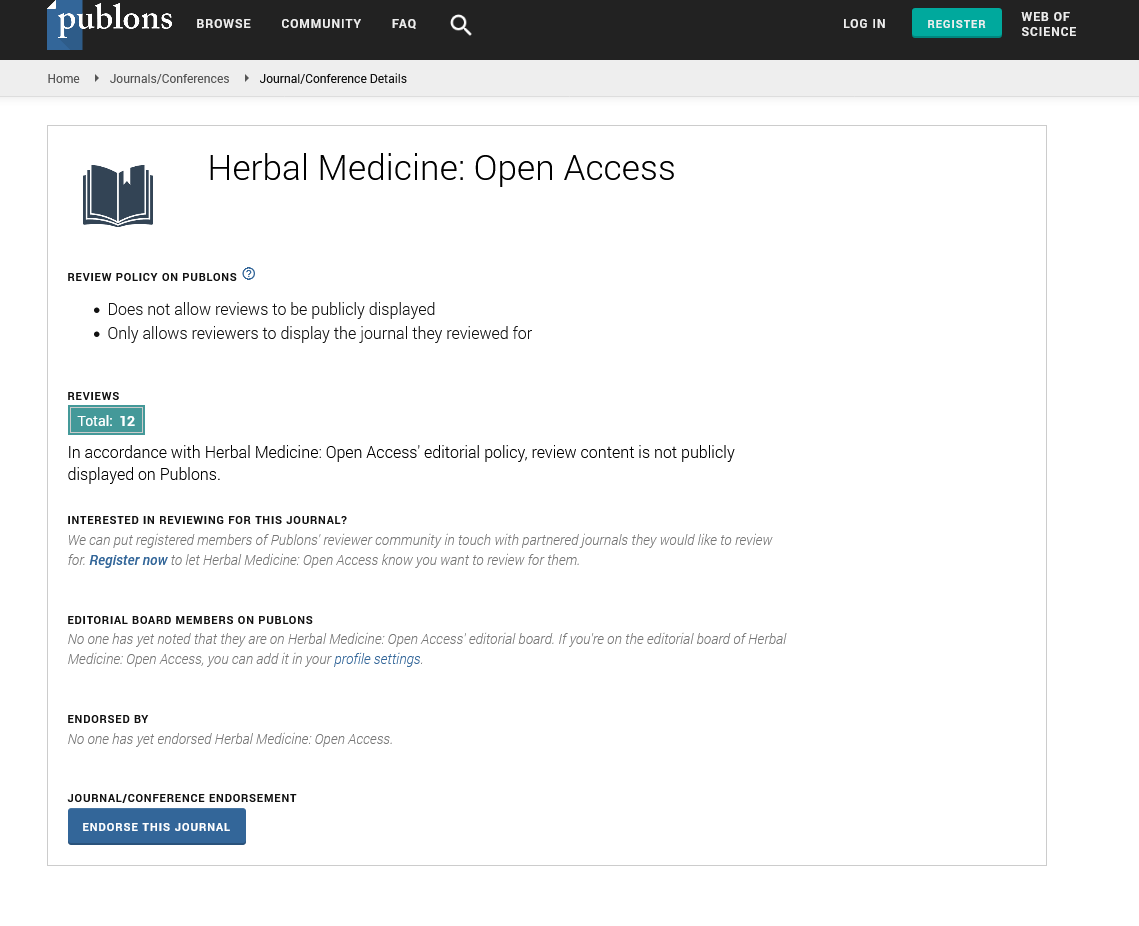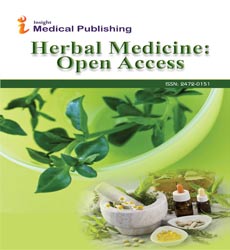Abstract
The Effect of Botanical Tinctures and Essential Oils on the Growth and Morphogenesis of Candida albicans
Objective: Candida albicans is an opportunistic and polymorphic fungal pathogen that affects mucosal membranes and squamous epithelia as well as being part of the normal human flora. Historically, there have been many botanical-based remedies used to treat fungal conditions, including C. albicans. This study examined the efficacy of both botanical tinctures and essential oils on the growth and morphological differentiation of C. albicans.
Methods: The in vitro growth and differentiation of C. albicans was monitored following treatment with ethanol-based tinctures and essential oils prepared from several commonly used botanicals.
Results: Results demonstrated that all ethanol-based botanical tinctures tested did not inhibit the growth of C. albicans, but several tinctures, including Marsdenia condurango, Juglans nigra (Black walnut), Anemopsis californica (Yerba mansa) and Piper cubeba (Cubeb berry), significantly reduced the morphological differentiation of the yeast into the invasive hyphae form. Alternatively, several botanical essential oils, including those from Thymus vulgaris (Thyme), Rosmarinus officinalis (Rosemary) and Cymbopogon citratus (Lemon grass) had a dramatic effect on inhibiting the growth of C. albicans.
Conclusions: These results suggest that botanical tinctures commonly used in the treatment of C. albicans infections may act by blocking the differentiation of the yeast into a more virulent hyphal form while not affecting the growth rate. In comparison, therapeutic essential oils may target both the differentiation and growth rate of C. albicans. The results support that different active constituents are present in botanical tinctures as compared to oils thereby contributing to our understanding of how these botanicals may be effective therapeutics in the treatment of C. albicans infections.
Author(s):
Ferreira V, Dickerson W, Farr D, Barraza M, Banker R, Dutton J, Cervigni M, Willhauck M, Tifre L, Mayman S, Stone S, Bushman S, Hull G, Morgan R, Hoover T, Mittman A, Sparks L, Smithers J, Miles D, Calvert D and Langland J
Abstract | Full-Text | PDF
Share this

Google scholar citation report
Citations : 271
Herbal Medicine: Open Access received 271 citations as per google scholar report
Herbal Medicine: Open Access peer review process verified at publons
Abstracted/Indexed in
- Google Scholar
- JournalTOCs
- China National Knowledge Infrastructure (CNKI)
- Directory of Research Journal Indexing (DRJI)
- WorldCat
- Publons
- Secret Search Engine Labs
- Zenodo
Open Access Journals
- Aquaculture & Veterinary Science
- Chemistry & Chemical Sciences
- Clinical Sciences
- Engineering
- General Science
- Genetics & Molecular Biology
- Health Care & Nursing
- Immunology & Microbiology
- Materials Science
- Mathematics & Physics
- Medical Sciences
- Neurology & Psychiatry
- Oncology & Cancer Science
- Pharmaceutical Sciences


